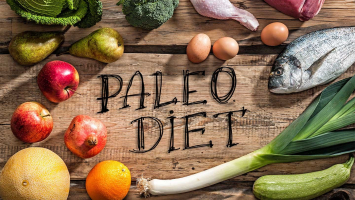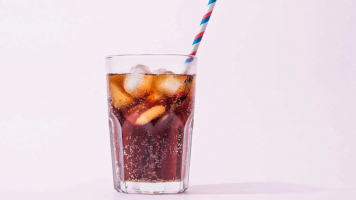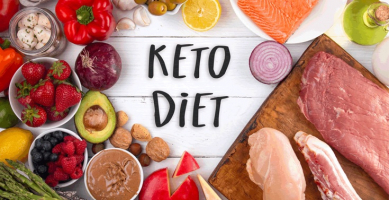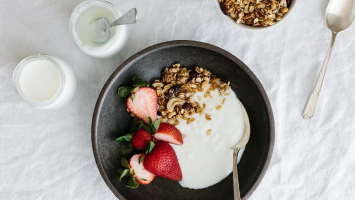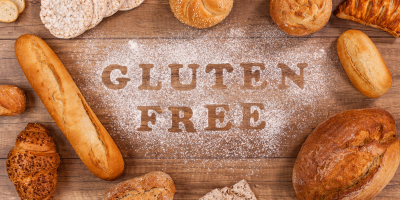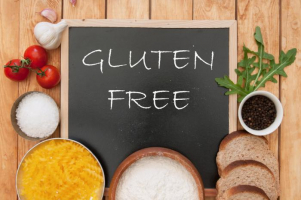Top 13 Best Diet Programs
Toplist has compiled Best Diet Programs for you. These organized programs provide dieters with support that may include coaching and support in person or ... read more...online, books, prepared foods, bars, or beverages that assist participants in sticking to the diet.
-
WeightWatchers is still used to lose weight, but it now emphasizes encouraging healthy living and enhancing general wellbeing. This includes using a comprehensive strategy to encourage participants to eat better and move more. Support through the WW app, expert-led online and in-person workshops to deliver useful tools and behavior-change approaches for assistance along the road are the program's mainstays.
The WW changed its Points® system in November 2021 to take added sugar, unsaturated fat, and fiber into account in addition to other nutrients. Behavior modification, behavioral economics, clinical research, nutrition, and exercise science are areas of expertise for WW scientists. Gary Foster, the chief scientific officer for WW and author of "The Shift: 7 Key Mindset Adjustments for Sustainable Weight Reduction," serves as the group's leader.
Pros:
- Nutritionally sound.
- Diverse foods and flavors.
- Coaching and/or group support available.
- Filling – it's rich in high-fiber foods.
- No off-limit foods or food groups.
- Convenient – grab and go options.
- A clearly defined plan with recipes.
- Has proven health benefits.
Cons:
- Unsafe for some people.
- Lots of rules to remember.
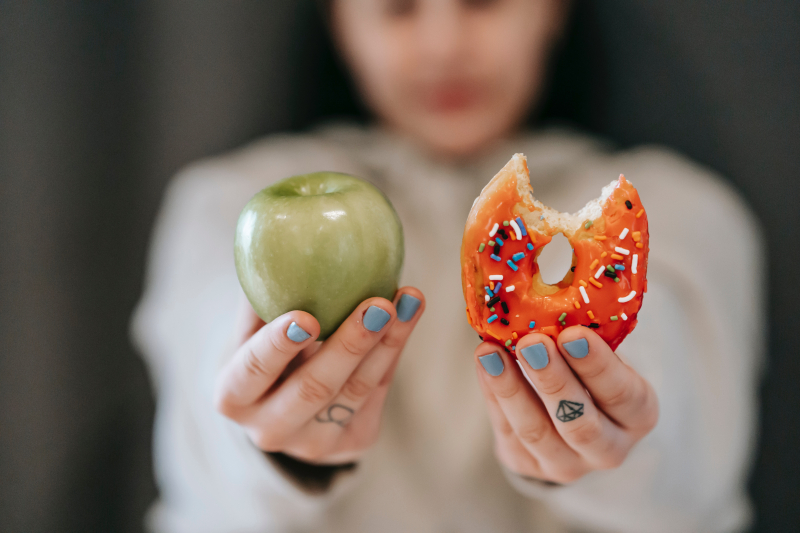
Image by Andres Ayrton via pexels.com 
Image by Andres Ayrton via pexels.com - Nutritionally sound.
-
In order to encourage healthy eating, an active lifestyle, and behavior modification, Jenny Craig is a planned diet program centered on prepackaged foods that regulates calories, fat, and portion sizes.
Starting on day one, members are given personal coaches to help them along the way. You will receive support, inspiration, and direction on how much food you should be consuming, what a balanced meal looks like, and how to apply that information to manage your weight, claims the firm. You could lose up to 2 pounds a week if you stick to the strategy.Pros:
- Nutritionally sound.
- Coaching and/or group support available.
- Convenient – grab and go options.
- A clearly defined plan with recipes.
- Has proven health benefits.
Cons:
- Eating out limited.
- You’ll likely get hungry.

Image by Mikhail Nilov via pexels.com 
Image by Mikhail Nilov via pexels.com -
It's all about what you eat and why you eat with Noom. Building self-awareness, accountability, and habits that can result in healthy weight loss and maintenance is the goal of Noom. You may record each meal and snack you eat, as well as monitor your weight and activity levels each day, using the Noom Healthy Weight app.
The Noom Healthy Weight program is predicated on the caloric density of food and was created with help from licensed dietitians and behavioral scientists. Noom promotes low-calorie foods, which are those that are high in water and have less calories per unit of weight. Noom determines your recommended daily calorie range based on your age, gender, and specific weight-loss objective.
The current Noom platform integrates psychology, counseling from real people, and technology. Together with chief of psychology and clinical psychologist Andreas Michaelides, the Noom team also consists of co-founders Saeju Jung and Artem Petakov and more than 3,000 actual trainers. Even while not all of the coaches are dietitians or nutritionists, many of them have a variety of credentials in the field of health and wellbeing.Pros:
- Diverse foods and flavors.
- Filling – it's rich in high-fiber foods.
- No off-limit foods or food groups.
- A clearly defined plan with recipes.
Cons:
- Lacks in-depth nutritional guidance.
- Could fall short nutritionally.

Image by Tima Miroshnichenko via pexels.com 
Image by Anete Lusina via pexels.com - Diverse foods and flavors.
-
With the Mayo Clinic diet, losing weight and leading a healthier lifestyle go hand in hand. With the assistance of the distinctive food pyramid developed by the Mayo Clinic, which places an emphasis on fruits, vegetables, and whole grains, you can reset your eating habits by breaking bad ones and substituting them with healthy ones. These foods typically have low caloric densities, allowing you to consume more while consuming fewer calories.
Consider this: You could eat around 2 cups of broccoli or a quarter of a Snickers bar for the same number of calories. Up until recently, the Mayo Clinic Diet book's third edition, which was released in 2022, and its website were the main resources for assisting people through its two phases. But, the Mayo Clinic diet recently debuted its online program, which offers additional options, habit-optimizing tracking systems, and group support elements.
Pros:
- Nutritionally sound.
- Coaching and/or group support available.
- Filling – it's rich in high-fiber foods.
- A clearly defined plan with recipes.
- Has proven health benefits.
Cons:
- Eating out limited.
- Lots of rules to remember.
- You’ll likely get hungry.

Image by Anete Lusina via pexels.com 
Image by MART PRODUCTION via pexels.com - Nutritionally sound.
-
A Nutrisystem meal plan, which includes frozen and shelf-stable alternatives, is followed in order to lose weight. The company's prepared and portioned meals and snacks are also delivered to you. You won't have to worry about time management, quantity control, or meal preparation if you outsource meal management tasks, but you might grow weary of microwave meals and small servings.
According to Nutrisystem representatives, the diet's high-protein, reduced-glycemic strategy, which is intended to maintain blood sugar levels and control hunger, helps people lose weight and learn how to achieve permanent effects. The Nutrisystem menu consists of a variety of carefully portioned, prepared meals that can be eaten right away and frozen meals, such as Hearty Inspirations premium meal choices that have up to 30 grams of protein.
For more flexibility, plans also include weekly Flex Meals, which are meals prepared in accordance with Nutrisystem criteria. Plans are available from Nutrisystem for adults, vegans, and those with diabetes. A partner plan is also available for households with two occupants. Consumers can add nutrient-dense grocery store foods, such as vegetables, low-fat dairy, lean meats, fruit, and whole grains, to their meal plan.Pros:
- Diverse foods and flavors.
- Coaching and/or group support available.
- Convenient – grab and go options.
- No off-limit foods or food groups.
Cons:
- Potential for monotony unless you customize.
- Unsafe for some people.
- Little research to back it up.

Image by Nataliya Vaitkevich via pexels.com 
Image by Yaroslav Shuraev via pexels.com -
OPTAVIA, a more recent iteration of the Medifast diet, is a low-carb, low-calorie weight loss regimen that makes extensive use of prepackaged foods known as "Fuelings." Although OPTAVIA's Fuelings are created without artificial colors, flavors, or sweeteners, they still have the same macronutrient composition as the original Medifast products.
The Habits of Health Transformational System, which emphasizes six essential microhabits, is the cornerstone of each strategy.- Weight.
- Eating and hydration.
- Motion.
- Sleep.
- Mind.
- Surroundings.
Each member of the Habits of Health Transformational System receives a LifeBook, which comprises 26 progressive aspects needed for a lifestyle change. These parts include identifying your tendency for food addiction and addressing mental patterns that interfere with your health goals.
Pros:
- No counting carbs, points or calories.
- Convenient – grab and go options.
- Coaching and/or group support available.
Cons:
- You’ll likely get hungry
- Unsafe for some people
- Could fall short nutritionally.
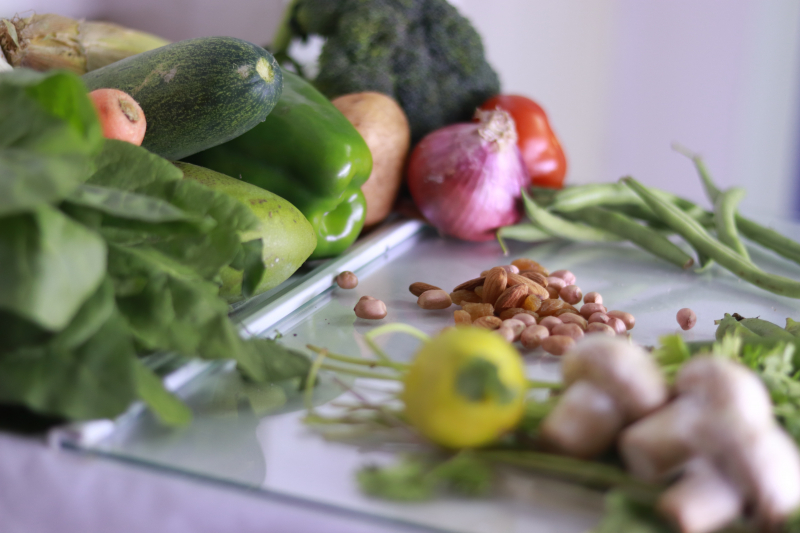
Image by Krishnajith via pexels.com 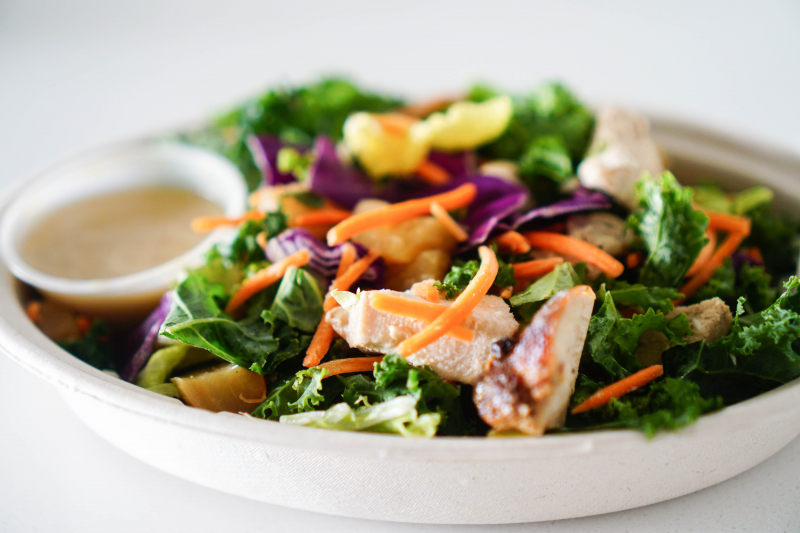
Image by Loren Castillo via pexels.com - Weight.
-
Nathan Pritikin, an American engineer and nutritionist, developed the Pritikin diet in the beginning to prevent and treat cardiovascular disease. When he started advising people who wanted to improve their cardiovascular health to engage in a moderate exercise regimen and eat healthily, the standard of care entailed rest and avoiding any exertion, frequently combined with surgery and medication.
In 1979, Pritikin released his debut book. Less than 10% of calories should come from fat in the original version of the diet, followed by 10% to 15% from protein and 75% to 80% from complex carbs. Moreover, the range for the daily cholesterol restriction was 25 to 100 mg.
The Pritikin diet has slightly more fat than it did in its original form in order to avoid an essential fatty acid shortage. Currently, the breakdown of total calories into carbohydrates, fat, and protein is as follows:- 70% from complex carbohydrates.
- 15% from fat.
- 15% from lean or plant-based protein.
Pros:
- Nutritionally sound.
- Diverse foods and flavors.
- No counting carbs, points or calories.
- Filling – it's rich in high-fiber foods.
- A clearly defined plan with recipes.
- Has proven health benefits.
Cons:
- Tedious portioning, meal planning or prep.
- Eating out limited.
- Lots of rules to remember.
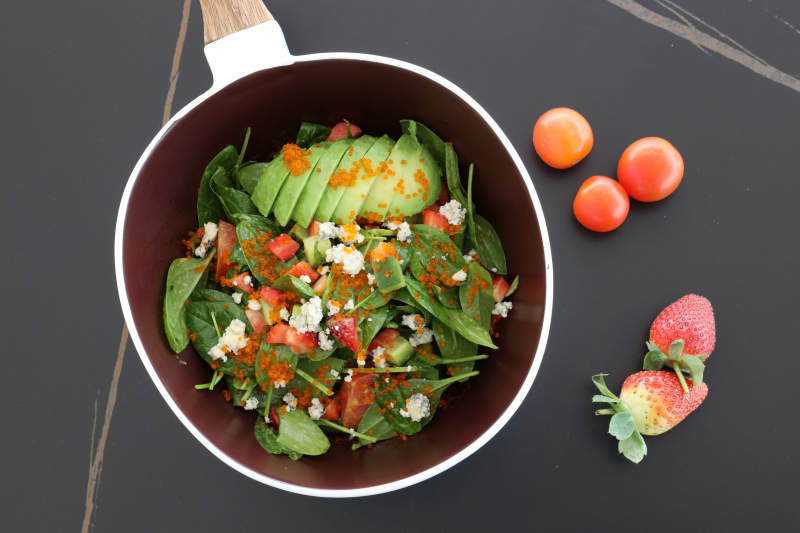
Image by Loren Castillo via pexels.com 
Image by cottonbro studio via pexels.com - 70% from complex carbohydrates.
-
The nutritarian diet, which Dr. Joel Fuhrman, a family doctor, developed in 2003, places a focus on plant-based, nutrient-rich meals. According to Fuhrman, who wrote the 2021 publication of "Eat For Life," a more up-to-date and comprehensive update to his 2011 "Eat to Live: The Incredible Nutrient-Rich Diet for Rapid and Sustained Weight Loss," it's intended to help you lose weight and keep it off.
Following the nutritarian diet, you'll consume a lot of plant-based, nutrient-dense superfoods while cutting back on processed foods, like olive oil, and animal protein. According to Fuhrman, the high salt and sugar content of the American diet eventually damages the taste buds. Your taste is reset and retrained to enjoy more organic, healthful foods by following a nutritarian diet.
Fuhrman, who is also the president of the Nutritional Research Foundation, says that consuming sweets and salty foods frequently damages the "taste muscle" in general as well as your capacity to detect salt and sweetness. For a few months after stopping this overstimulation, food may taste bland as the "taste muscle" recovers and allows you to appreciate richer flavors in entire foods that you were previously unaware of.According to nutritarian diet manuals, the nutritarian diet may aid in weight loss while protecting against autoimmune disorders, heart disease, diabetes, some types of cancer, and heart disease. The nutritarian diet is "a strong approach to lose weight, reverse chronic disease, live healthier, enhance your immunological defenses, and delay the aging process," according to Fuhrman's assertion based on scientific evidence.
Pros:
- Coaching and/or group support available.
- No counting carbs, points or calories.
- Filling – it's rich in high-fiber foods.
Cons:
- Potential for monotony unless you customize.
- Eating out limited.
- Lots of rules to remember.
- Could fall short nutritionally.

Image by cottonbro studio via pexels.com 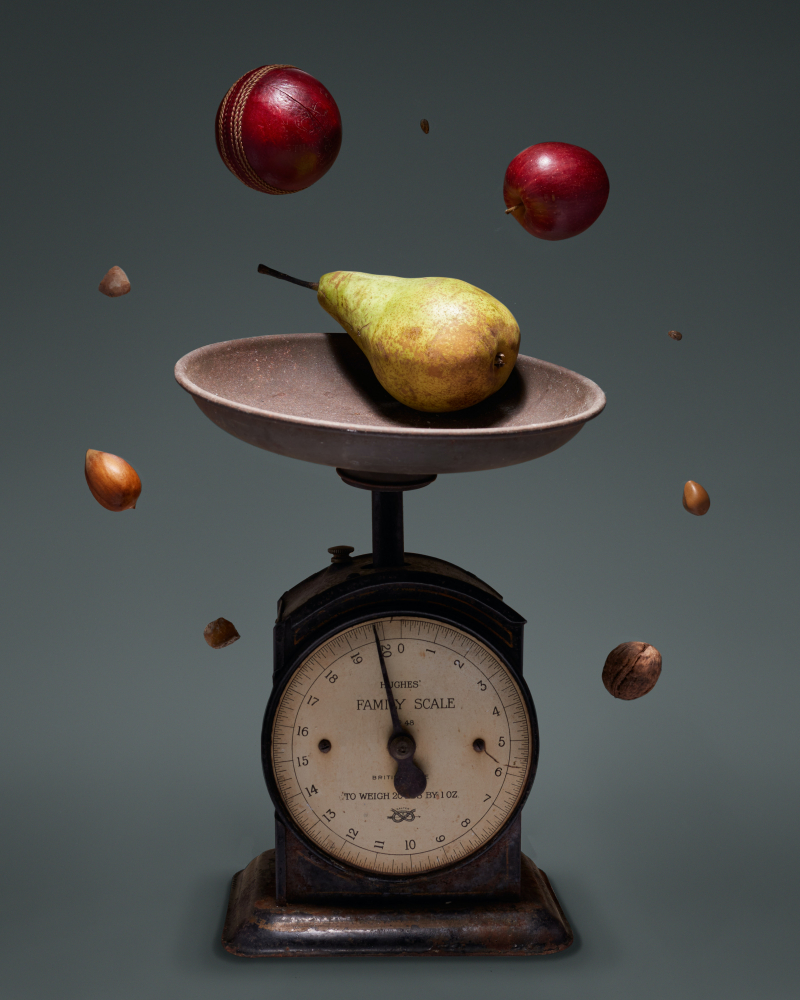
Image by JJ Jordan via pexels.com - Coaching and/or group support available.
-
The Keyto diet is a low-carb, Mediterranean-style diet that places a focus on fish and plant-based meals for their healthful proteins and fats. The eating strategy does away with added sugar and refined carbohydrates. According to supporters, this strategy offers the metabolic advantages of a low-carb diet, such as diabetes management and weight loss, as well as the health benefits of the Mediterranean diet, such as enhanced heart health and sustainability.
Dr. Ray Wu, a preventive cardiologist at the University of California, San Francisco, Dr. Ethan J. Weiss, and Liane Nakamura, an engineer and product developer, created the diet in 2018. The popular keto diet, which emphasizes quick weight loss through a very high-fat and low-carb diet, and the keto diet are comparable in many ways. When you cut back on carbohydrates and increase your intake of fats, advocates of the keto diet claim that your body will safely enter ketosis, a metabolic state in which your body converts food and stored fats into energy.
Pros:
- Coaching and/or group support available.
- Diverse foods and flavors.
- No counting carbs, points or calories.
- Filling – it's rich in high-fiber foods.
Cons:
- Lacks in-depth nutritional guidance.
- Little research to back it up.

Image by Harish .P via pexels.com 
Image by Yaroslav Shuraev via pexels.com - Coaching and/or group support available.
-
The SlimFast diet, which has been around since 1977, is well known to most individuals. It's still a diet that relies on meal replacement products, such as shakes, smoothies, and meal bars, despite the fact that it has changed over time. The snacks could be foods with the SlimFast brand, fresh fruit, veggies, or a few almonds. Your "reasonable lunch," or third meal of the day, will include between 500 and 600 calories.
The best candidates for SlimFast are those who need to drop around 20 pounds, which ought to take eight to ten weeks. The majority of people probably struggle to maintain the routine over time. Even after reducing weight, many dieters continue to use SlimFast products as sporadic meal replacements to make maintenance simpler.
- Gluten-free friendly. Recipes can be easily modified and still follow a gluten-free diet.
- Kosher friendly. Recipes can be easily modified and still follow the diet.
Pros:
- Convenient – grab and go options.
- A clearly defined plan with recipes.
Cons:
- Potential for monotony unless you customize.
- Eating out limited.
- You’ll likely get hungry.
- Unsafe for some people.

Image by Jane Doan via pexels.com 
Image by Cats Coming via pexels.com - Gluten-free friendly. Recipes can be easily modified and still follow a gluten-free diet.
-
The foundation of the South Beach diet, which was developed by cardiologist Arthur Agatston in 2003, is picking "healthy" carbs and fats. You consume carbohydrates with a low glycemic index, which stabilize blood sugar levels and lengthen the feeling of fullness after meals.
Foods with a high GI, such as those with a lot of refined carbs, like sugar, should be avoided. Monounsaturated fats from foods like olive oil and avocado are encouraged, whereas trans-fats and omega-6 vegetable oils should be avoided.
The South Beach diet that is keto-friendly has even more fat and less protein and carbohydrates than the original version. Low carbs and high fat are both parts of the plan, but you don't have to be as stringent about restricting your carbohydrate intake, so you can eat a wider variety of foods. To experience the weight-loss advantages of the strategy, you do not need to enter or maintain ketosis.
SouthBeach.com will stop providing home delivery of meals and a la carte goods as of August 2022. The company advises dieters to visit The Palm, its blog site, for suggestions and guidance on diet, exercise, lifestyle, recipes, and meal plans.
Pros:
- Filling – it's rich in high-fiber foods.
- A clearly defined plan with recipes.
- Has proven health benefits.
Cons:
- Tedious portioning, meal planning or prep.
- Eating out limited.
- Lots of rules to remember.

Image by Lisa Fotios via pexels.com 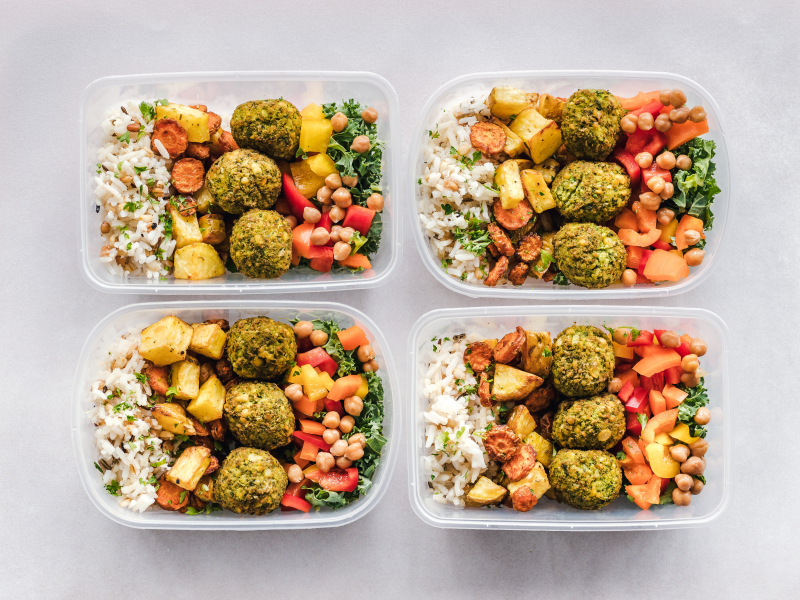
Image by Ella Olsson via pexels.com -
Dr. Robert Atkins developed the low-carb Atkins diet, which rose to fame after "Dr. Atkins' Diet Revolution" was published in 1972. The Atkins diet, which is designed to help people lose weight, relies on carbohydrate restriction to make the body use stored fat as an alternative fuel source. It's not just that you shouldn't eat a lot of carbohydrates; you also shouldn't eat a lot at once to prevent the body from being overloaded with glucose, which leads to the synthesis and storage of fat.
The potential for weight loss and diabetes reversal are secondary benefits that people are ready to persist with this demanding plan for, according to study, after which the improvement of blood glucose control and reduction of diabetic medication come first. Those who follow the diet frequently claim that it helps them think more clearly, focus more clearly, feel less discomfort, have more energy, and sleep better.Pros:
- Convenient – grab and go options.
- A clearly defined plan with recipes.
Cons:
- Potential for monotony unless you customize.
- Eating out limited.
- Unsafe for some people.
- Lots of rules to remember.
- Little research to back it up.
- Could fall short nutritionally.
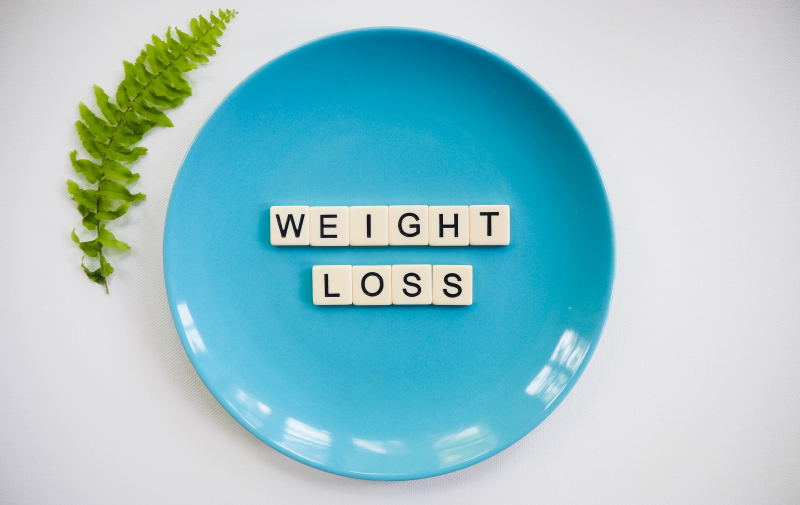
Image by Total Shape via pexels.com 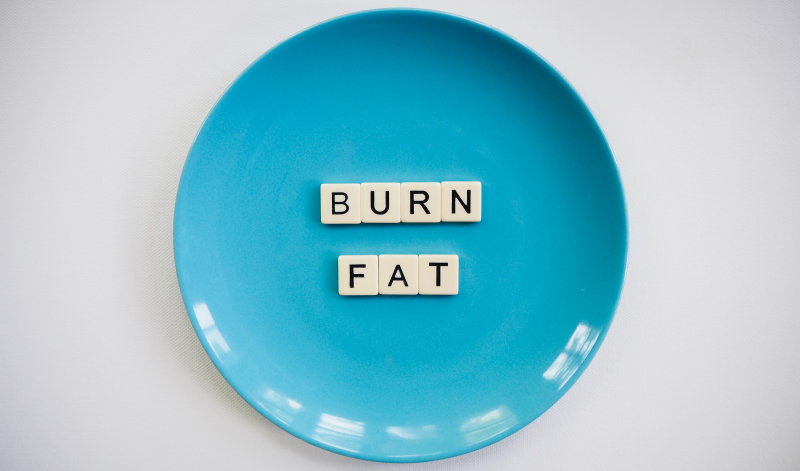
Image by Total Shape via pexels.com -
Biochemist Barry Sears, who founded Zone, claims that food is similar to medicine. You must administer the proper dosage at the appropriate time. The obesity epidemic, in Sears' opinion, is mostly caused by hormones that promote inflammation, which are produced when raised insulin levels and omega-6 fatty acids are combined.
The Zone diet is not a weight loss plan, though; it's an anti-inflammatory diet. The goal of the Zone diet is to maintain appropriate levels of insulin and other pro-inflammatory hormones by eating meals at each meal in the recommended ratios of 40% carbohydrates, 30% protein, and 30% fat.
These figures are not absolute, even though they represent the average for a typical Zone meal. According to Sears, the body requires the proper ratio of essential nutrients to maintain health and perform at its best.Pros:
- Filling – it's rich in high-fiber foods.
- No off-limit foods or food groups.
- A clearly defined plan with recipes.
- Diverse foods and flavors.
Cons:
- Tedious portioning, meal planning or prep.
- Lots of rules to remember.
- Little research to back it up.

Image by Adonyi Gábor via pexels.com 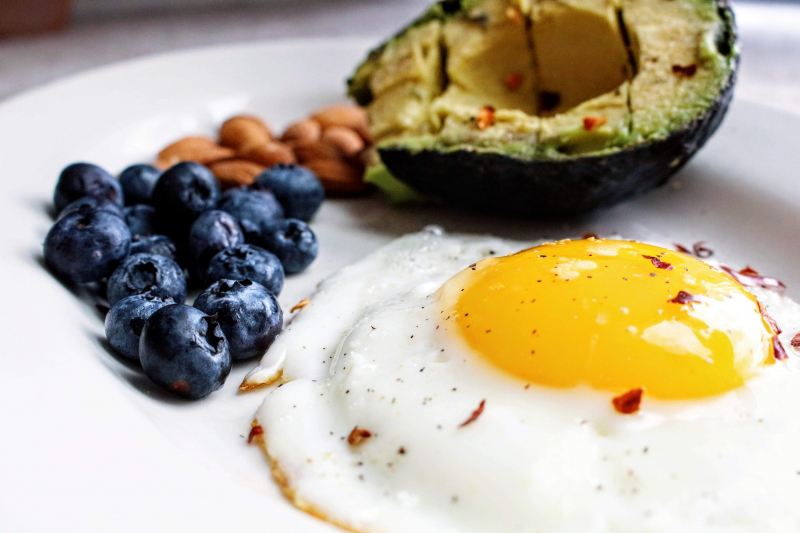
Image by Jenna Hamra via pexels.com


























